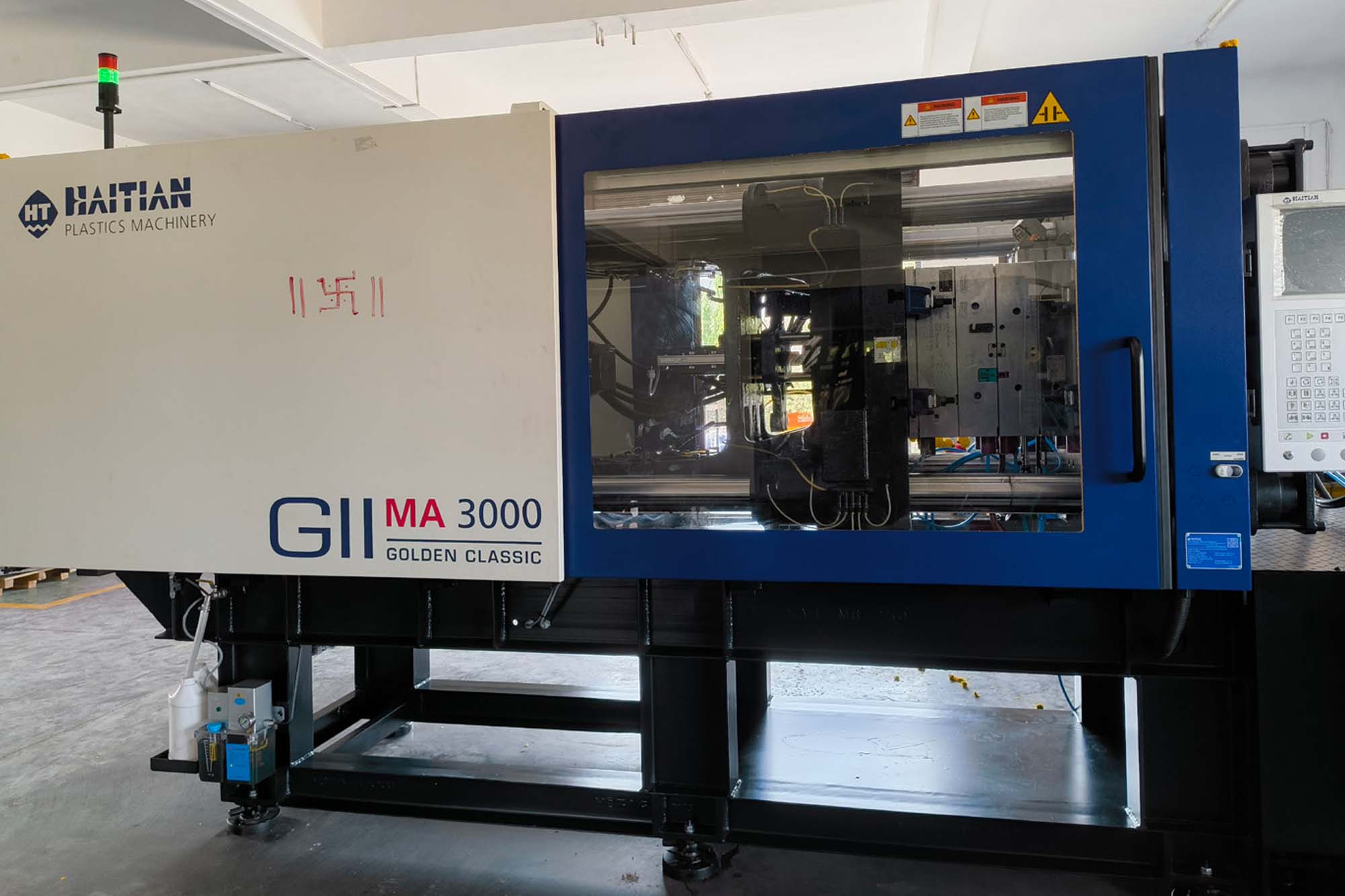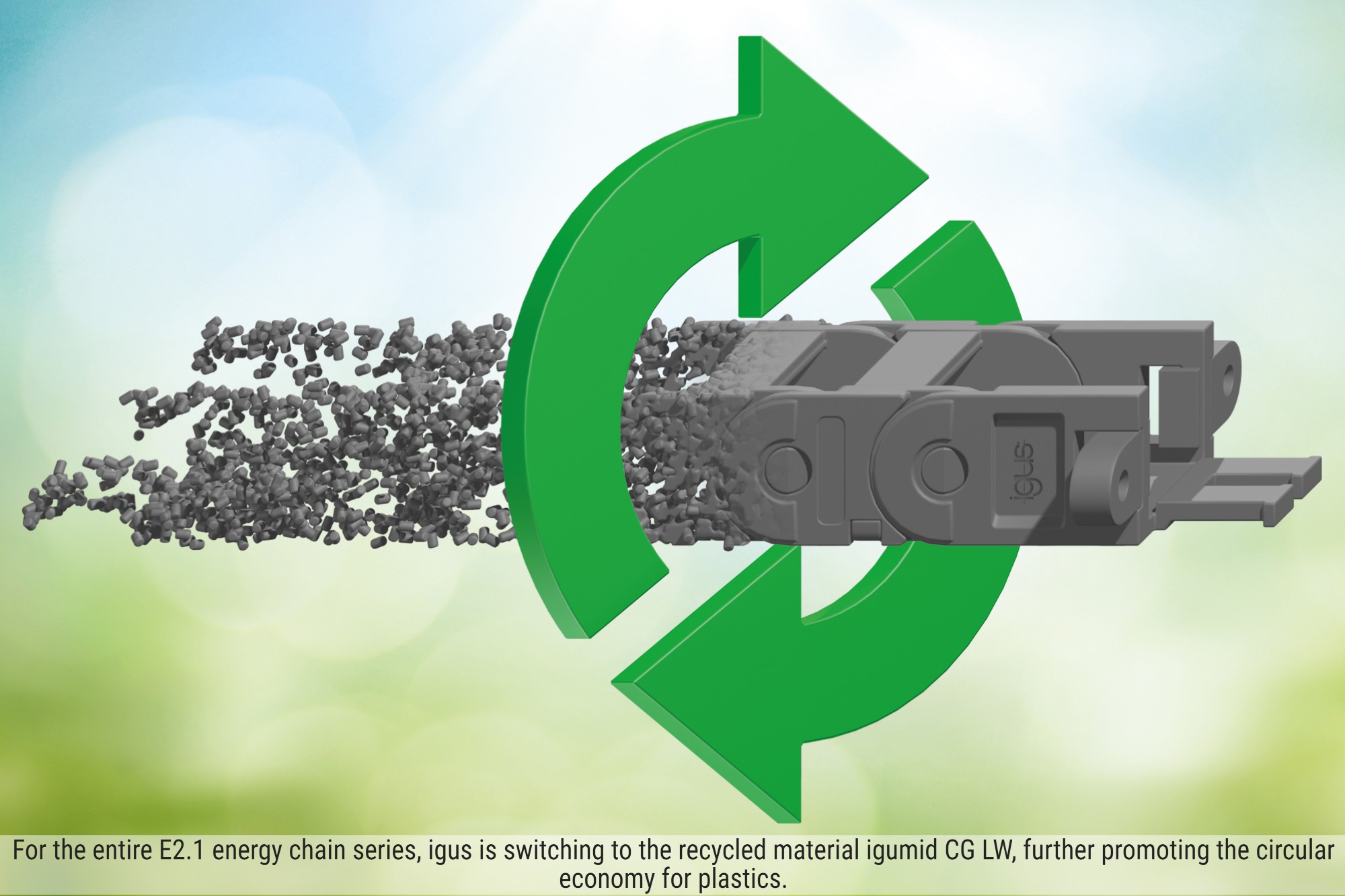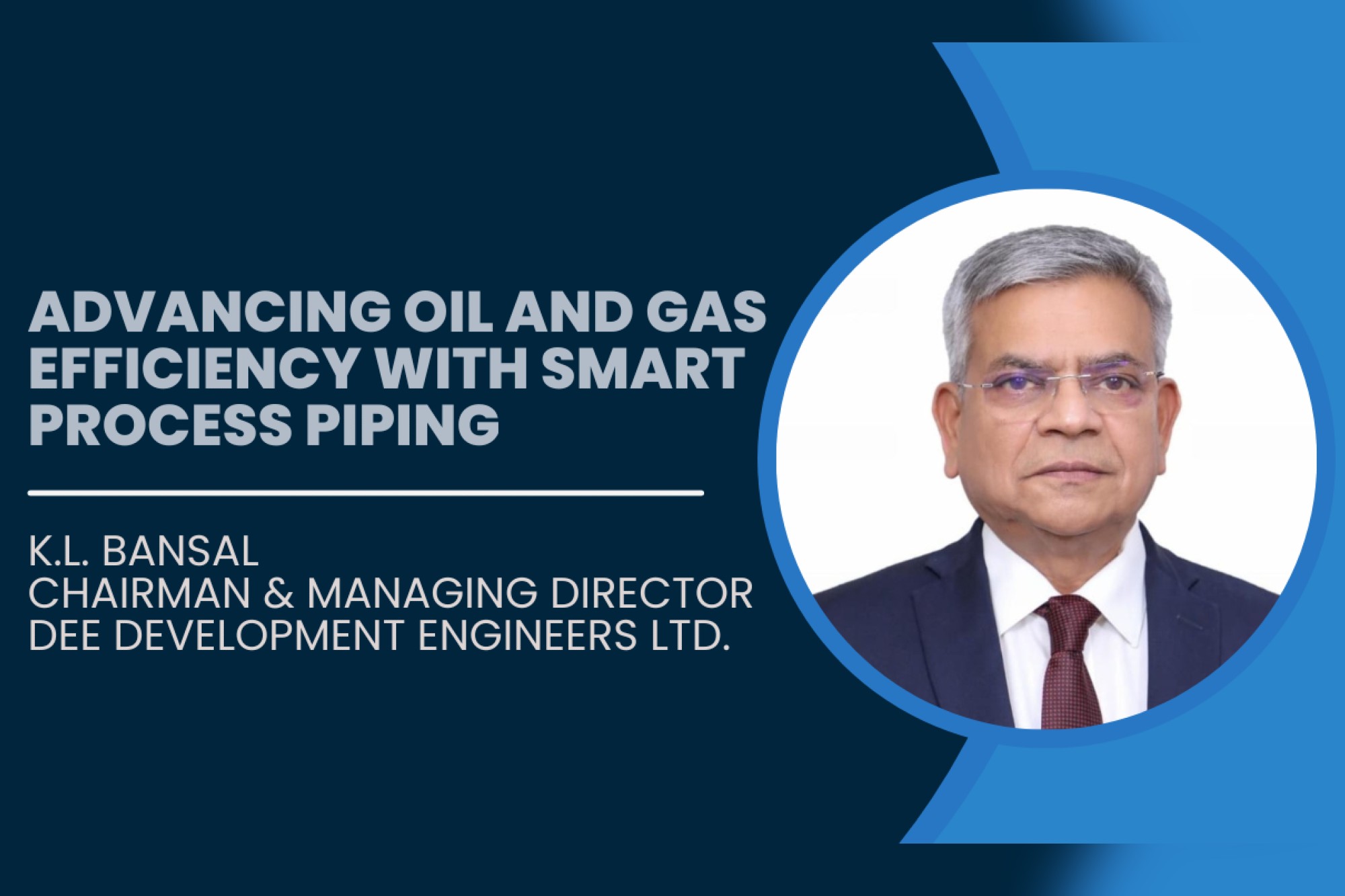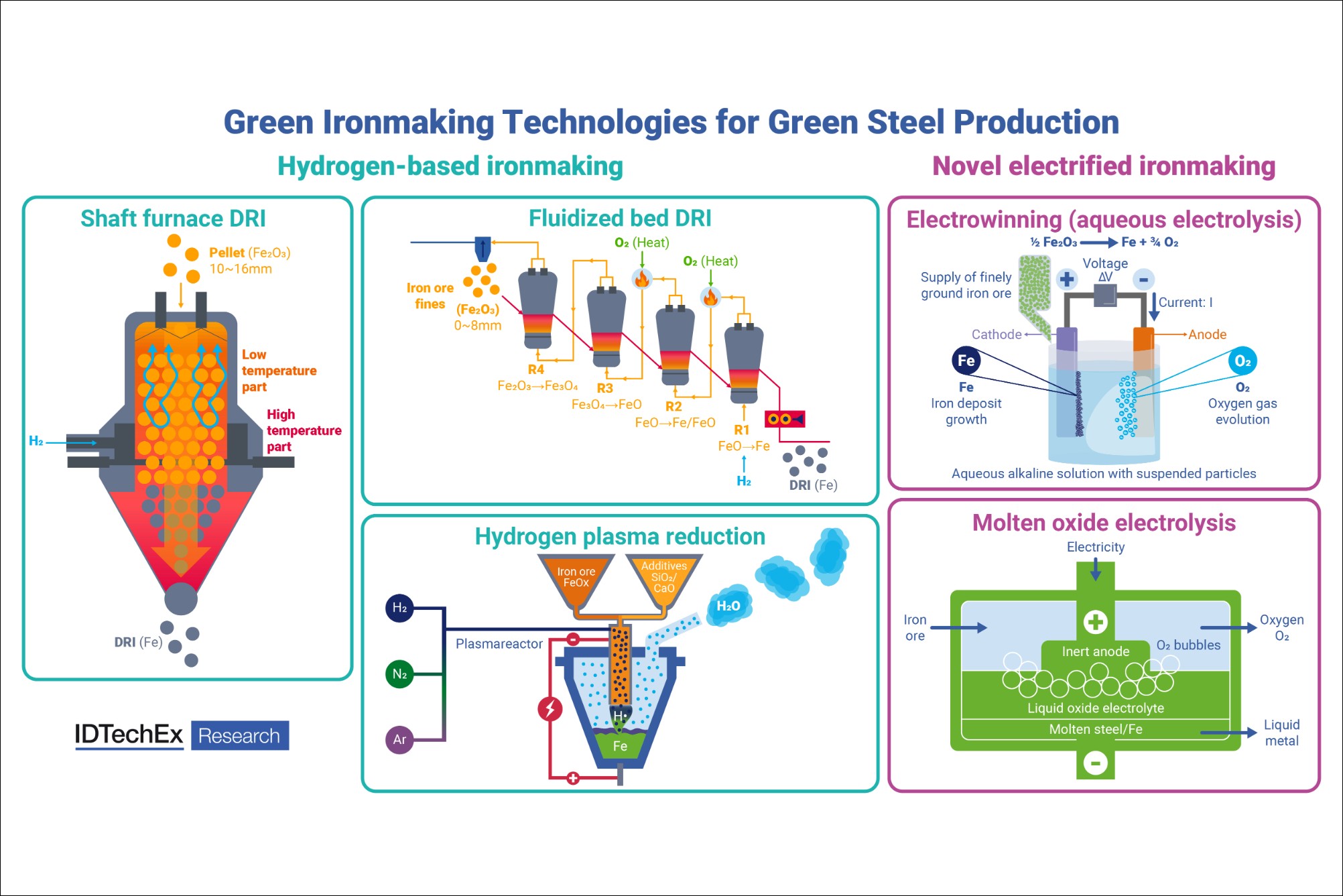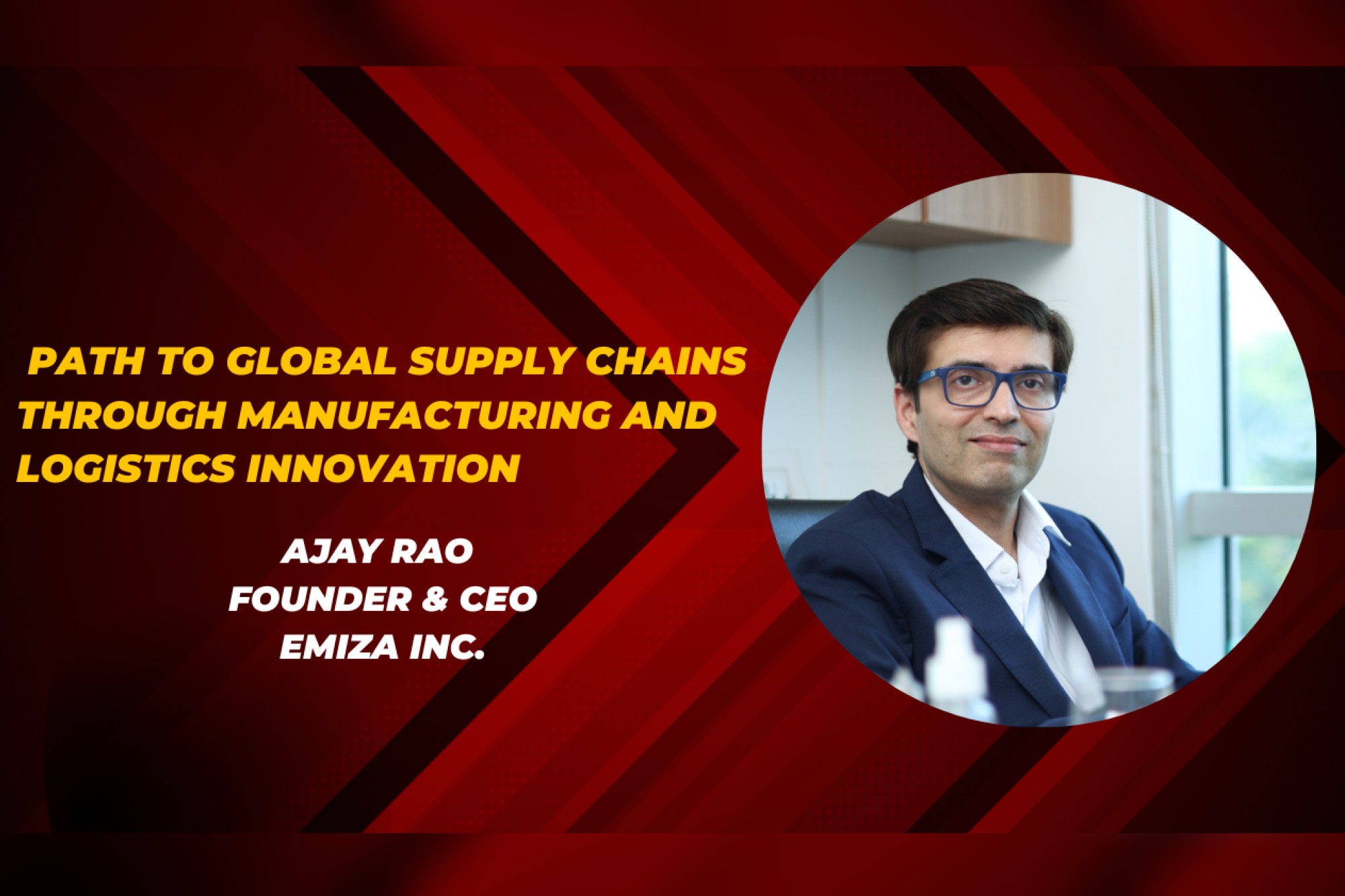How to reduce water footprint in industry
By admin July 11, 2016 6:03 pm IST
An overview about water footprint in industry
The water footprint of a product is the amount of water that is consumed and polluted in all processing stages of its production. A product water footprint tells how much pressure that product has put on freshwater resources. It can be measured in cubic metres of water per tonne of production, or litres per kilogram, gallons per pound. In every sector of industry, recycle and reuse is the need of the hour.
By measuring the volume and source of water consumed in the production of a product and the volume of water needed to assimilate pollutants so that water quality standards are met, one can get a picture of how a specific product contributes to the growing concerns of water scarcity and degraded water quality. It also allows us to compare different products for their relative contribution to these critical water issues.
The water footprint of a product is an empirical indicator of how much water is consumed, when and where, measured over the whole supply chain of the product. The water footprint is a multidimensional indicator, showing volumes but also making explicit the type of water use (evaporation of rainwater, surface water or groundwater, or pollution of water) and the location and timing of water use.
Vyom Sharma, Sr. Manager Technical Services, QUA Water Technologies Pvt Ltd says, “Industry being the largest consumer of water, and in a drought like situation where agriculture assumes utmost importance, industrial sector needs to minimise its water intake. This obviously has to come from recycling the waste water for reuse. This would open up large opportunities for the waste water recycle and reuse market.”
Freshwater is a scarce resource; its annual availability is limited and demand is growing. The water footprint of humanity has exceeded sustainable levels at several places and is unequally distributed among people.
There are many spots in the world where serious water depletion or pollution takes place: rivers running dry, dropping lake and groundwater levels and endangered species because of contaminated water. The water footprint helps to show the link that exists between our daily consumption of goods and the problems of water depletion and pollution that exist elsewhere, in the regions where our goods are produced. Nearly every product has a smaller or larger water footprint, which is of interest for both consumers that buy those products and businesses that produce, process, trade or sell those products in some stage of their supply chain.
Water footprint benchmarks can be set by looking at the water footprint resulting from the use of best practices or best available technologies or by selecting the water footprint achieved by best performers in a particular sector. Water footprint benchmarks can be used to set targets for water footprint reductions in an individual process, e.g., the hot-rolling of steel, for a product, a sector or a company.
Water footprint benchmarks can provide useful information to governments and can help achieve sustainable development goals. By focusing investments, whether in training, infrastructure or better management practices, on the poor performers, the overall water footprint of production can be reduced, thereby alleviating the pressure put on freshwater resources and making the water more productive.
Cookie Consent
We use cookies to personalize your experience. By continuing to visit this website you agree to our Terms & Conditions, Privacy Policy and Cookie Policy.





